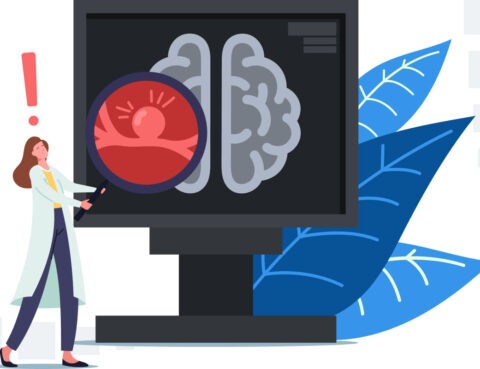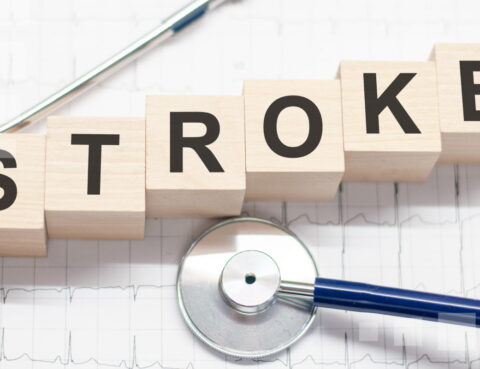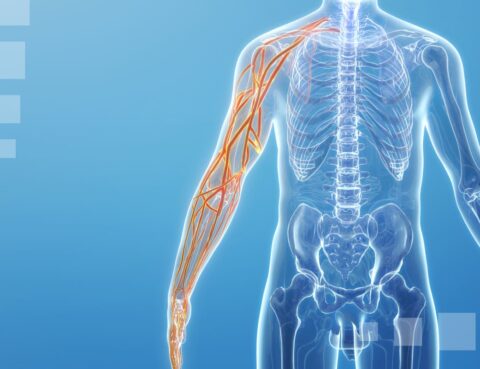
In neurosurgery, treating cerebral aneurysmata has seen remarkable progress. It is thanks to modern medical advances. This illness is a life-threatening condition characterized by the ballooning of a blood vessel in the brain. It demands swift and sophisticated interventions to prevent rupture and subsequent complications. Advances in medical technology, surgical techniques, and interventional procedures have…

The term syringomyelia includes various conditions that are characterized by damage to the spinal cord with the formation of abnormal fluid-filled cavities. Cavities in the spinal cord can be the result of a spinal cord injury, a spinal tumor, or a congenital anomaly. Also described in the clinic is the idiopathic form of the syrinx…

Effective secondary prevention of cerebral stroke is impossible without knowledge of the causes of this disease. A stroke is a serious (acute) problem with blood circulation in the brain. The reason may be a rupture of, not necessarily a large, vessel; this type of stroke is called hemorrhagic. Or a blood clot blocking the blood…

Upper extremity neuropathy is a very common condition that manifests in weakness, soreness, and changes in the hands’ sensitivity, depending on the location of the nerve damage. One or more nerves can be affected. It can develop at any age but is most common in people who spend a lot of time at the computer….

The general name for a group of infectious diseases with the localization of the pathogen in various departments of the Central Nervous System of neuroinfection. Viruses, bacteria, fungi, protozoa, and prions can cause neuroinfection. Allocate inflammation of the membranes of the brain and spinal cord (meningitis), damage to the substance of the brain (encephalitis), and…

Meet Haemophilus influenzae, or H. flu for short. It’s a microscopic marvel that holds substantial importance in the realm of microbiology. This diminutive bacterium might be easy to miss under close examination. Yet its impact on human health is far from inconspicuous. Belonging to the family Pasteurellaceae, it comes in various kinds. Some strains are…

Cerebral palsy is a group of diseases in which there is a violation of motor functions and posture. This violation is due to conditions of cerebral brain injury or impaired brain formation. This disease is one of the most common causes of persistent disability in children. This disease occurs in about 2 cases in every…

Coronavirus outbreak caused by SARS‑CoV‑2 is a dangerous infectious disease with high passing capacity and an enhanced number of adverse effects. According to global statistical monitoring, almost 200 mln people worldwide have already been infected by the most harmful illness of the XXI century. Although COVID-19 is famous for its mutation ability, the detected cases…

Carpal tunnel syndrome is a neurological disease affecting the wrist zone. The carpal tunnel’s median nerve accounts for normal hand movements. Its nature is fully connected with extrinsic factors such as trauma, monotonous work, tumors, and endocrine profile for females. The listed triggers heavily influence the nerve system functionality. In particular, the vulnerable nerves are…
The COVID-19 pandemic is unfolding like a mysterious saga in the health sector. Each time, it reveals new chapters of its impact. A little-known fabula has emerged amid this chaos – the link between COVID-19 and neurological damage. As the virus continues its global tour, medical experts have turned their eyes to understanding its intricate…

